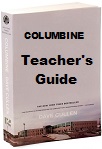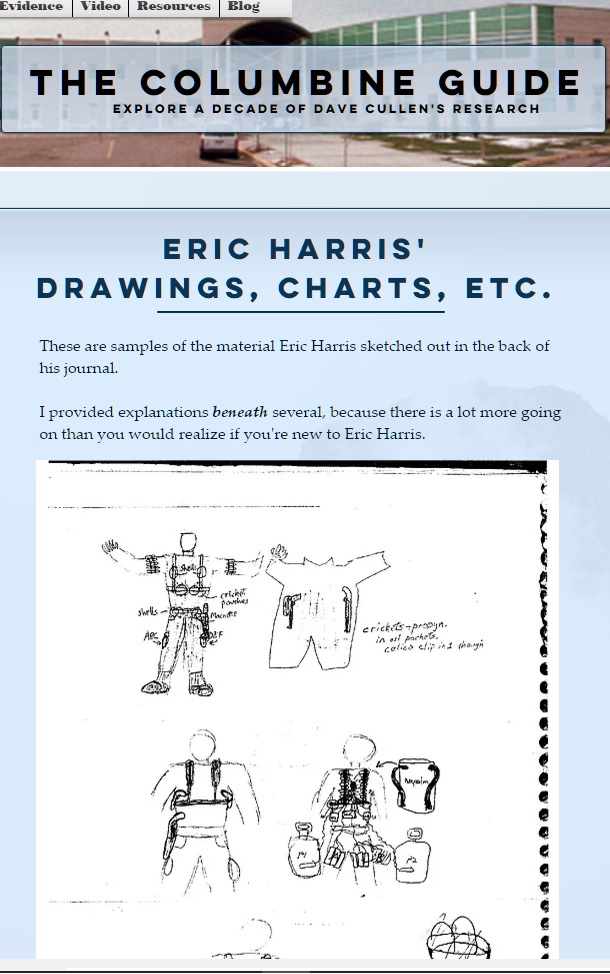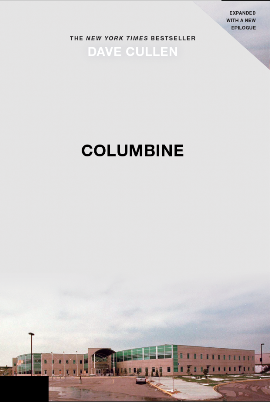Before They Read
Establish their misconceptions
Purpose
Establish a baseline. Document the magnitude of their own misconceptions, individually and collectively.
It's best not to spoil the surprise of the myths, though. Just tell them to get their thoughts down.
Activity
- Ten-minute free-write:
- Ten-minute group discussion-write:
Prompt: Take ten minutes to write down everything you know about "Columbine." You can write journal-style or use bullet-points. You don't have to worry about organization or grammar, just get down as much information as you can remember. You must address three points: 1) What happened, 2) Why did the boys do it? 3) What were they trying to do?
Prompt: Break up into groups of five. Take ten minutes to share what you came up with, and collectively address those same questions. As a group, write down as many bullet points as you can on 1) What happened, 2) Why did the boys do it? 3) What were they trying to do?
Variations
-
The free-write can be done as a homework assignment. Just stress that they must not look up "the truth" on the web. They are not being graded on what they know. It's for their own use later, though you will check that they wrote something.
-
If they struggle with the open-ended questions, you can offer memory-jogger prompts midway through. Ask them to address:
- Who did it?
- Were they acting alone or as part of some larger group? What was it called?
- How many were injured?
- Did anyone die? If so, how many?
- What weapons did they use? (Don't mention bombs, but you're establishing they didn't know about bombs.)
- Who did they hope to kill? How many?
- How long did the siege last?
- What happened to the perpetrator(s)? Are they still in prison?
- What was the Trenchcoat Mafia? How were they involved?
- Did the attack have any lasting impact? Did it change anything done at your school?
Benefits
Most students have fuzzy ideas about what Columbine might have been about. After reading the book, they will be even murky on what they thought going it.
Getting it on paper will:
- Improve later discussions and papers. It will be much easier to grasp the magnitude of the myths when they see their own words on paper. They can articulate it better when they can quote themselves and their peers.
- Reading critically and reliability of the media will especially be impacted.
- Make them feel better about their reading experience. It will demonstrate the power a book had on them, in their own words.
- Option: Have them write about that impact.
- Option: Have them choose another narrative nonfiction book that could make them rethink another topic. For ideas, see the RESOURCES menu.
- Help them develop their own path to critical thinking. They won't feel led by the nose. This well-priming exercise will help them discover the process on their own.




